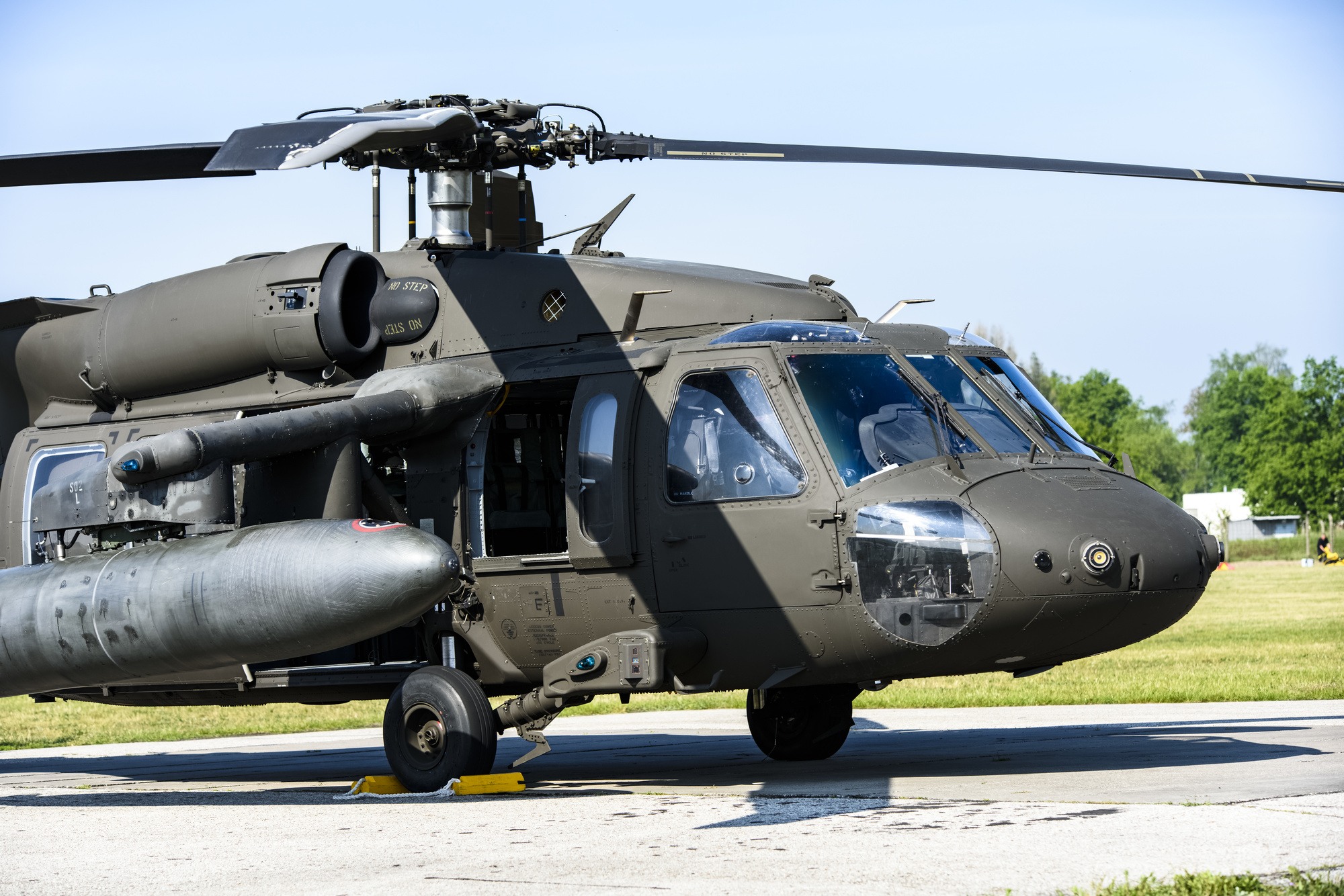When you require Sikorsky helicopter parts, you must have confidence that the parts will perform as expected and be free from defects. Whether the helicopter replacement parts are needed for a military or civilian aircraft, the cost of sub-standard parts can be high.
At best, the Sikorsky spare parts may malfunction and require grounding of the aircraft until the parts can be replaced and the aircraft can be certified as airworthy. At worst, the Rotair Manufactured Parts for the Sikorsky UH-60 Blackhawk may cause a crash or hard landing that results in injuries, loss of life, and property damage.
To reduce the risk of defective parts, manufacturers adopt quality assurance programs. These programs are entirely voluntary. However, industry-leading helicopter parts suppliers conform to these standards for the safety and reliability of their customers’ helicopters. Here are five facts about quality assurance standards for Sikorsky helicopter parts:
ISO Standards Govern Helicopter Parts
The International Organization for Standardization (ISO) is an organization headquartered in Geneva, Switzerland. ISO works with national standards setting groups and industry experts to establish voluntary industry standards.
ISO has been in existence for over 90 years and established its quality assurance standards, contained in ISO 9001, in 1987. ISO 9001 has been revised four times, with the most recent revision occurring in 2015.
The quality assurance standard applies to many industries, including Sikorsky helicopter parts manufacturers and suppliers. By following this standard, industry members not only provide parts having a consistent quality, but fulfill industry and regulatory requirements. This leads to a lower return rate and more satisfied customers.
Quality Management Systems (QMS)
The goal of ISO 9001 is to encourage manufacturers and suppliers to adopt a QMS. A QMS under ISO 9001 rests on seven principles:
- Customer focus: Understand the customer’s expectations and strive to meet or exceed them.
- Leadership: Quality management comes from the top with leaders who provide direction for the organization.
- Engagement of people: Recognize the skills and knowledge that provide quality products and services and attempt to improve them.
- Process approach: Understand the processes that contribute to quality and seek to optimize them.
- Improvement: Watch for new opportunities to improve quality.
- Evidence-based decision making: Analyze facts and data to support decisions that will affect quality.
- Relationship management: Involve all stakeholders in the quality of your products or services, including customers, employees, leadership, and government regulators.
As applied to Sikorsky helicopter parts suppliers, this means that quality can be maintained by understanding the needs of the customers, identifying the employees and business partners necessary to meet those needs, and implementing and improving processes that utilize those skills to produce helicopter parts that meet the customer’s needs.
PDCA Cycle
When implementing these principles in a manufacturing or parts supply process, a QMS encourages an iterative approach so that the quality and efficiency of the process continuously improves. Over the long term, this will lead to higher quality, lower prices, and more satisfied customers.
The PDCA cycle takes its name from four steps of the cycle:
- Plan: Identify what needs to be done.
- Do: Test the plan and gather data.
- Check: Compare the outcome to the identified needs.
- Act: Refine and adapt the plan to improve the outcome.
When Sikorsky helicopter parts suppliers and manufacturers use this cycle correctly, errors and dissatisfied customers are seen as learning experiences to improve the helicopter parts supplied. Moreover, the cycle applies to processes, which drives helicopter parts suppliers to improve all aspects of the services they provide, including customer service and speed and accuracy of fulfillment.
FAA Standard
The global fleet of civilian helicopters (excluding military helicopters) includes over 31,000 aircraft, and the U.S. Federal Aviation Administration (FAA) is responsible for all of those helicopters used in the U.S. As part of its regulatory role, the FAA maintains voluntary standards for aircraft parts suppliers.
Specifically, FAA standard, part 21 governs the certification of aircraft parts. One section of part 21 covers parts manufacturer approval (PMA) which is granted to manufacturers who make helicopter replacement parts. One of the key provisions of this standard is that PMA is only granted when the parts produced are identical to the original approval holder (OAH) part. This guarantees that replacement parts will perform at the level of original parts.
Industry standards and FAA regulations set a high bar for helicopter parts suppliers to guarantee that these parts are safe and reliable.

